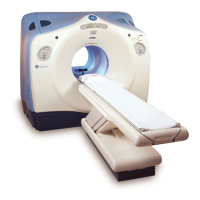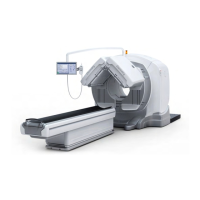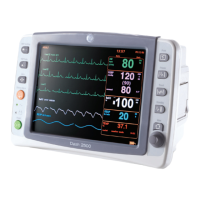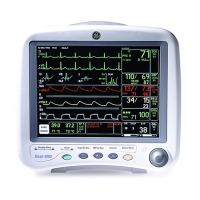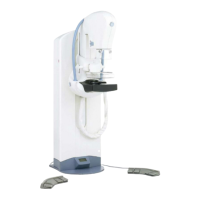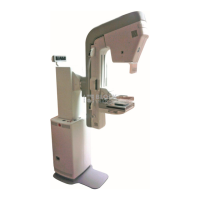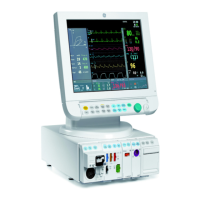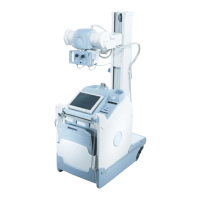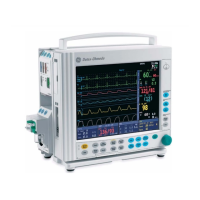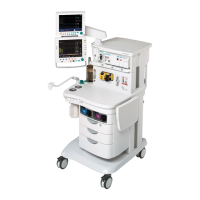5 Operating procedures
86500-IMG rev 3 GE Healthcare 29
5.6.5 Manual compression wheels
The manual compression wheels allow manual decrease or increase of
compression force. The wheels (8) are located on both sides of the
compression arm Position Control Center.
Fig 5.6. Manual compression wheels
5.6.6 ECS compression system
ECS (Easy Compression System) adds one more unique movement to GE
Healthcare mammography systems: the independent movement of the C-
Arm in relation to the compression paddle. This movement is also
independent of the angle of the C-Arm and it is different from the normal
up and down movement of the C-Arm carriage. With the ECS movement,
the breast is compressed from the mobile margin (i.e., from below). The
movements are controlled using the ECS foot pedal. After an exposure the
auto-release will release the compression.
The ECS system uses the natural mobility of the breast to increase the
clinical image quality and patient comfort. ECS makes it easier to elevate
the breast and open the infra-mammary fold, thereby maximizing the
amount of breast tissue visible in the image. In positioning, ECS does not
replace the skill of an experienced radiographer/technologist but helps
her carry out the positioning more easily.
In clinical usage the amount of images that have pectoral muscle visible
in CC-projections has increased from 20% (the amount prior to the use of
the ECS system) to 50%. The ECS compression system can also be used to
perform conventional compression techniques.
ECS is also excellent in biopsy procedures. If the lesion is close to the chest
wall, applying compression from below ensures that the lesion stays
under the compression paddle. With standard compression the lesion
may move away from the paddle.
FOR TRAINING PURPOSES ONLY!
NOTE: Once downloaded, this document is UNCONTROLLED, and therefore may not be the latest revision. Always confirm revision status against a validated source (ie CDL).
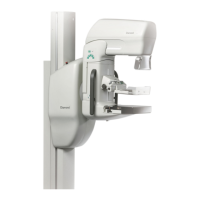
